Iceland’s dramatic fjords carved by ancient glaciers, harbor small communities that have thrived for centuries despite harsh weather and geographic isolation. While Reykjavik draws millions of visitors annually, these remote settlements offer authentic glimpses into traditional Icelandic life, surrounded by some of the planet’s most spectacular scenery.
These fjord towns maintain fishing traditions, preserve unique cultural practices, and provide access to the pristine wilderness that remains largely undiscovered by mainstream tourism. Here is a list of 15 Icelandic fjord towns off the tourist trail that showcase the country’s rugged beauty and enduring spirit.
Ísafjörður
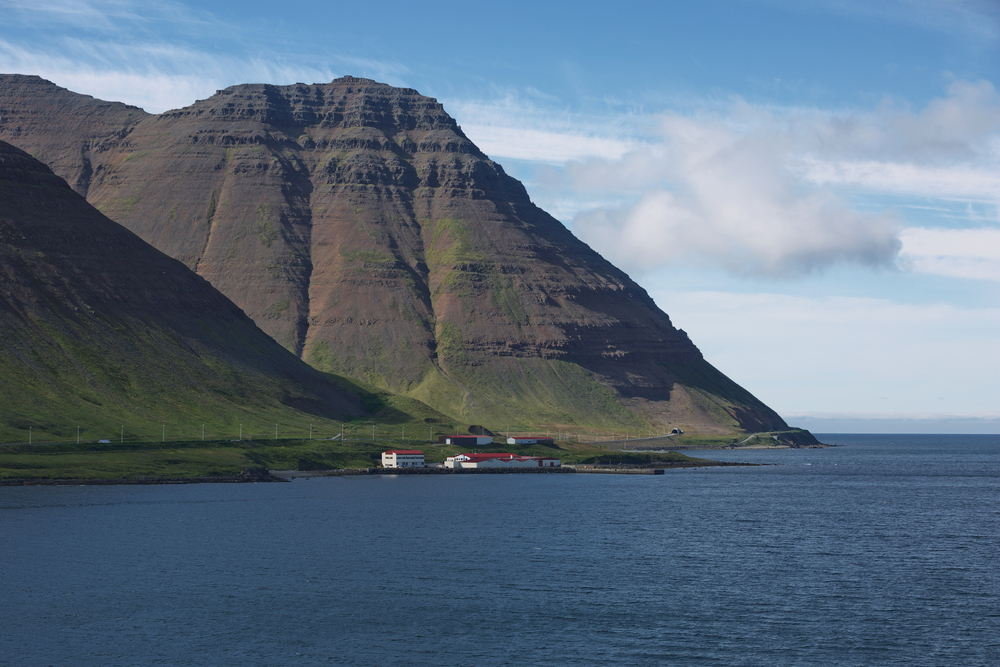
Nestled deep within the Westfjords Peninsula, Ísafjörður represents Iceland’s largest town in the region while maintaining small-town charm surrounded by towering peaks that rise directly from the harbor. The town’s colorful wooden houses reflect in calm fjord waters that freeze solid during harsh winters, creating scenes that epitomize Nordic coastal living.
Traditional fishing remains central to the community, with boats departing daily from harbors that have served seafaring families for generations. The town hosts an annual music festival that transforms quiet streets into venues for international performers while celebrating local culture.
Bolungarvík
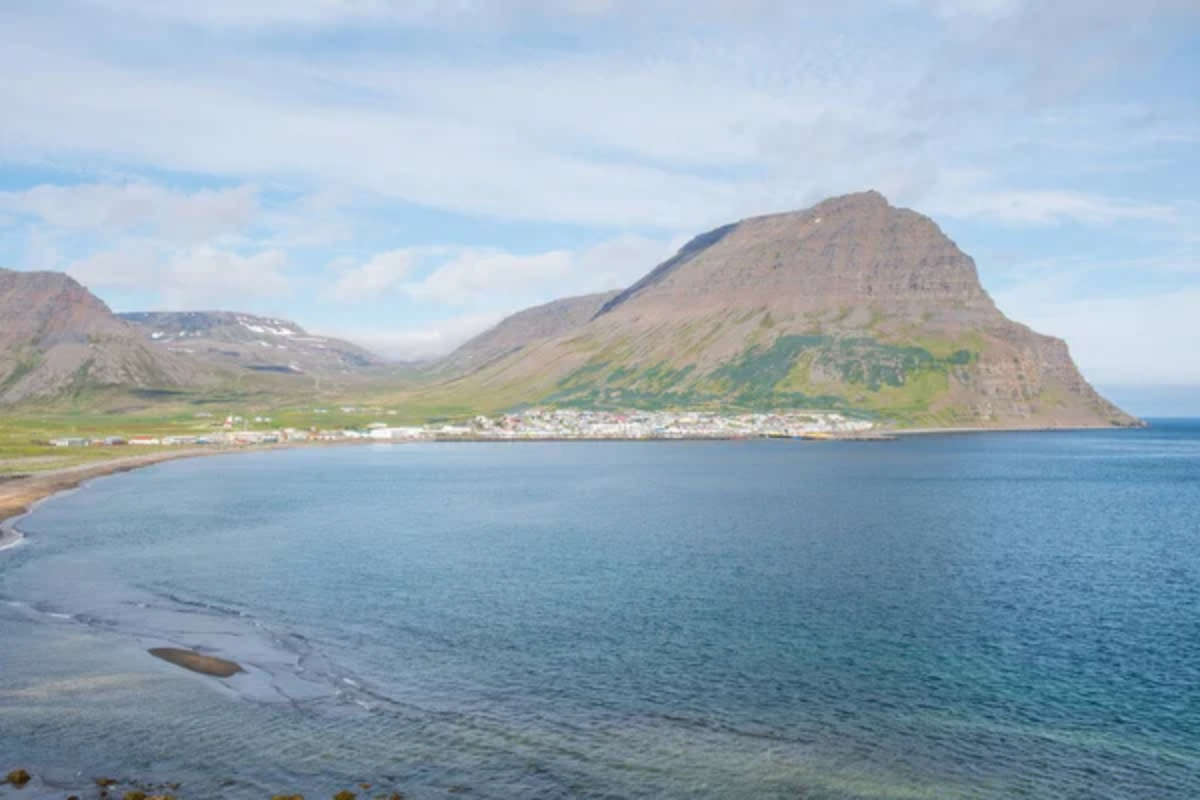
Positioned at the end of a dramatic fjord road, Bolungarvík maintains one of Iceland’s most traditional fishing communities where weather determines daily life more than modern schedules. The town’s maritime museum preserves fishing vessels and equipment that sustained families through centuries of challenging Arctic conditions.
Dramatic cliffs surround the settlement on three sides, creating natural wind barriers that make survival possible during winter storms. Local hiking trails lead to viewpoints where visitors can observe the town’s precarious position between towering mountains and the restless North Atlantic.
Like Travel Pug’s content? Follow us on MSN.
Flateyri
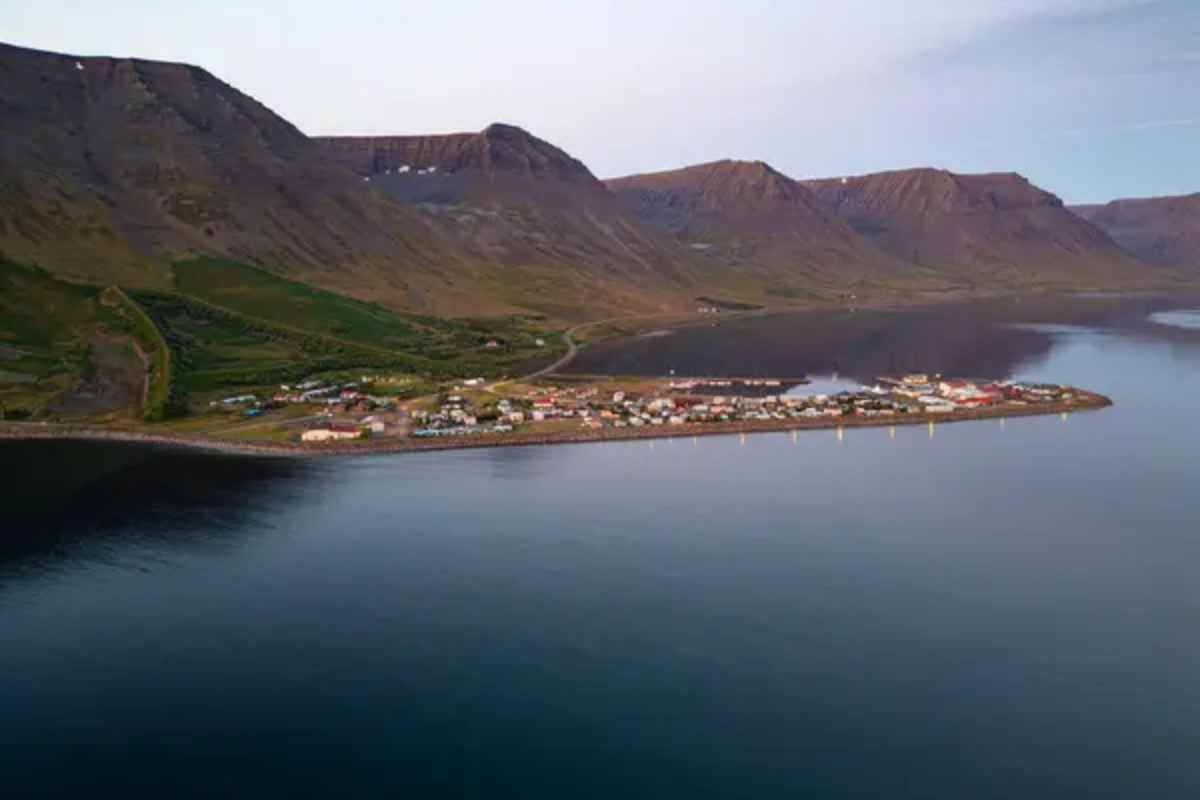
This tiny village clings to the shores of Önundarfjörður, where avalanche barriers protect fewer than 200 residents from snow slides that regularly threaten mountain communities throughout the Westfjords. The town’s bookstore doubles as a cultural center where residents gather during long winter nights to share stories and maintain community connections.
Traditional turf-roof houses still dot the landscape, demonstrating building techniques that helped previous generations survive in one of Europe’s most challenging climates. Flateyri’s location provides access to hiking trails that lead through valleys where few humans venture beyond local sheep farmers.
Súðavík
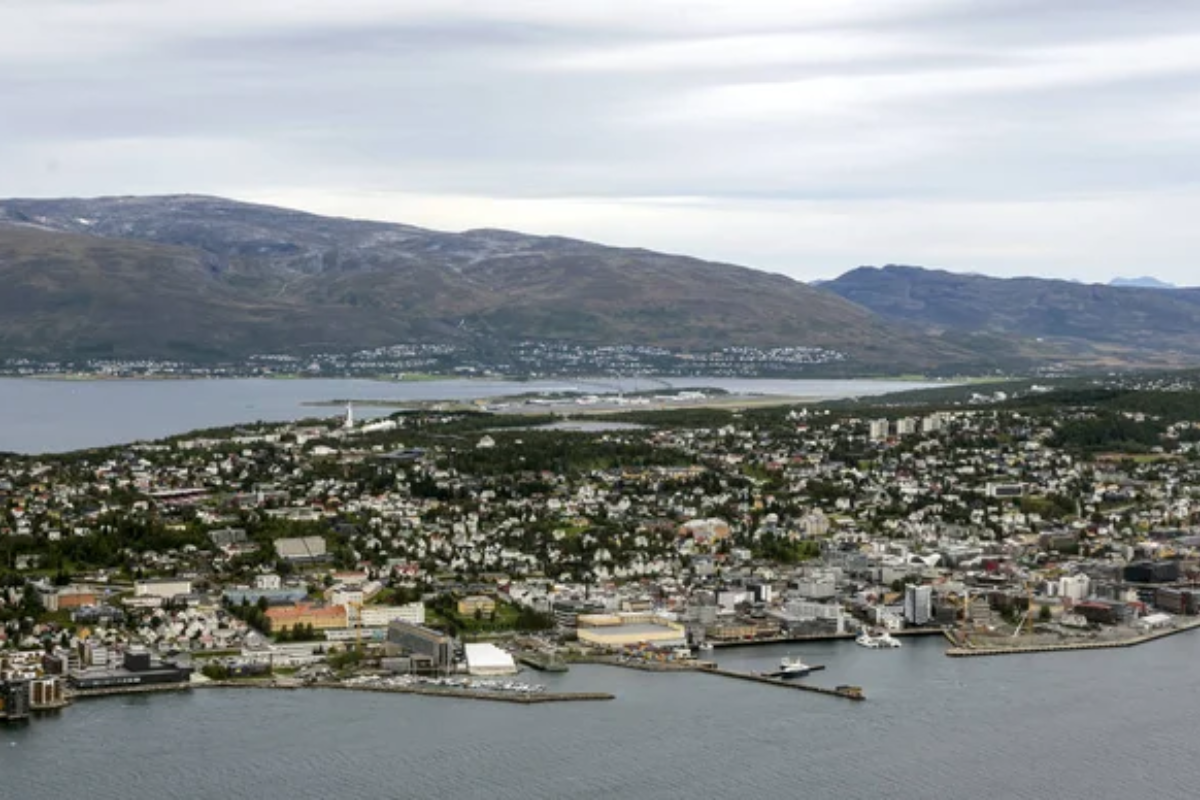
Surrounded by mountains that create their weather systems, Súðavík serves as headquarters for Iceland’s Arctic Fox Center while maintaining a small community dedicated to preserving both wildlife and traditional ways of life. The town’s location at the head of Álftafjörður provides stunning views of peaks that remain snow-covered for eight months annually.
Residents often encounter Arctic foxes within town limits, creating unique opportunities to observe Iceland’s only native land mammal in its natural habitat. The community operates a small guesthouse that accommodates visitors seeking authentic experiences far from tourist crowds.
Patreksfjörður
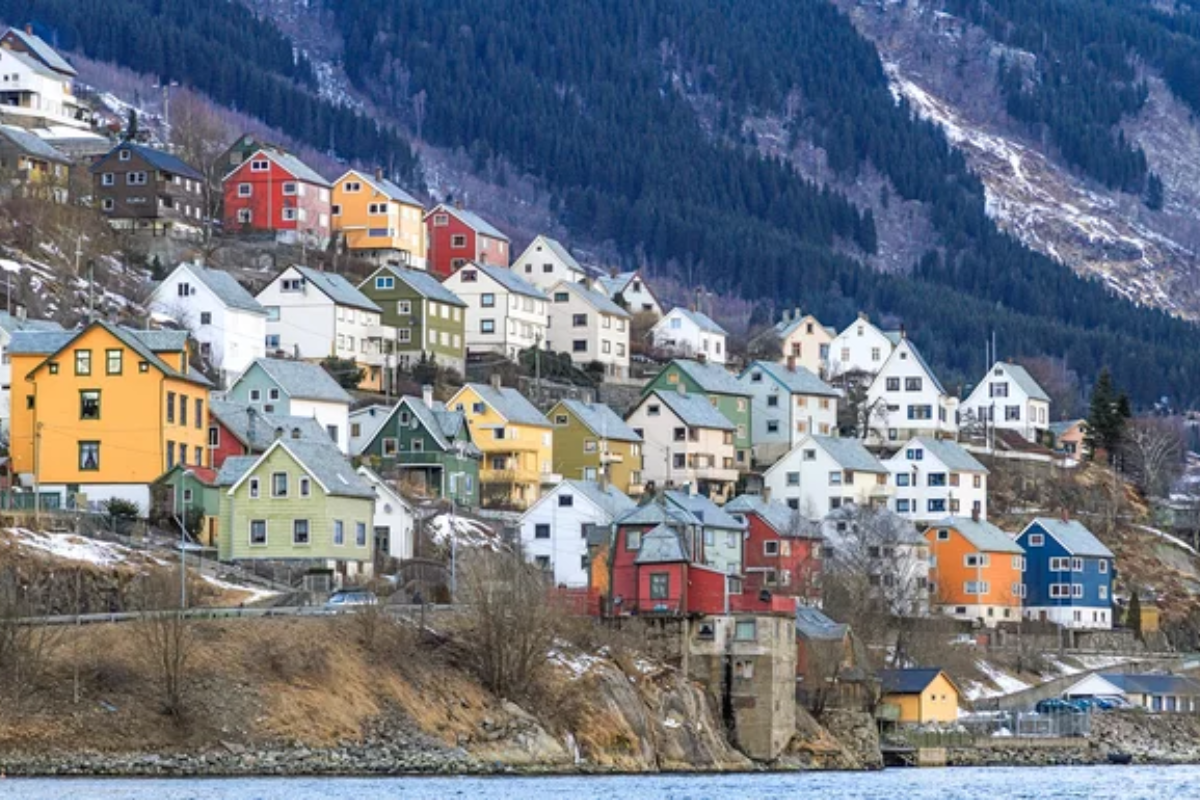
This fishing village maintains traditional connections to the sea while serving as a gateway to some of Iceland’s most dramatic coastal scenery, including nearby Látrabjarg cliffs, where millions of seabirds nest during summer months. The town’s harbor accommodates both fishing vessels and small cruise ships that bring limited numbers of visitors to experience Westfjords wilderness.
Local restaurants serve fresh seafood caught by community members, creating dining experiences that connect visitors directly to traditional livelihoods. The town provides access to red sand beaches and hiking trails that reveal geological formations found nowhere else in Iceland.
Like Travel Pug’s content? Follow us on MSN.
Tálknafjörður
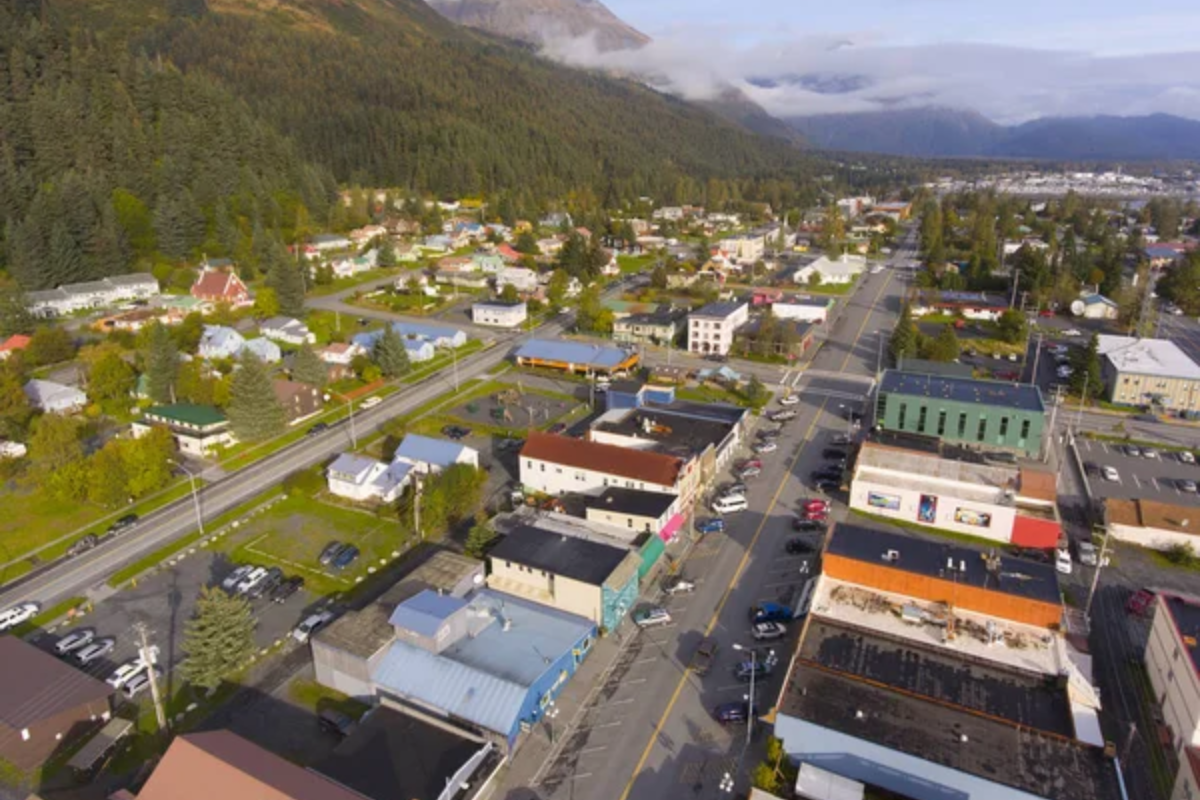
Sheltered within a narrow fjord that nearly closes off from the ocean, Tálknafjörður maintains one of Iceland’s most isolated communities where residents develop strong bonds forged by geographic necessity. The town’s museum preserves artifacts from whaling and fishing traditions that sustained the community through centuries of economic challenges.
Natural hot springs within walking distance provide year-round swimming opportunities that local families have enjoyed for generations. The settlement’s position creates unique microclimates where residents grow vegetables that shouldn’t survive at such northern latitudes.
Bíldudalur
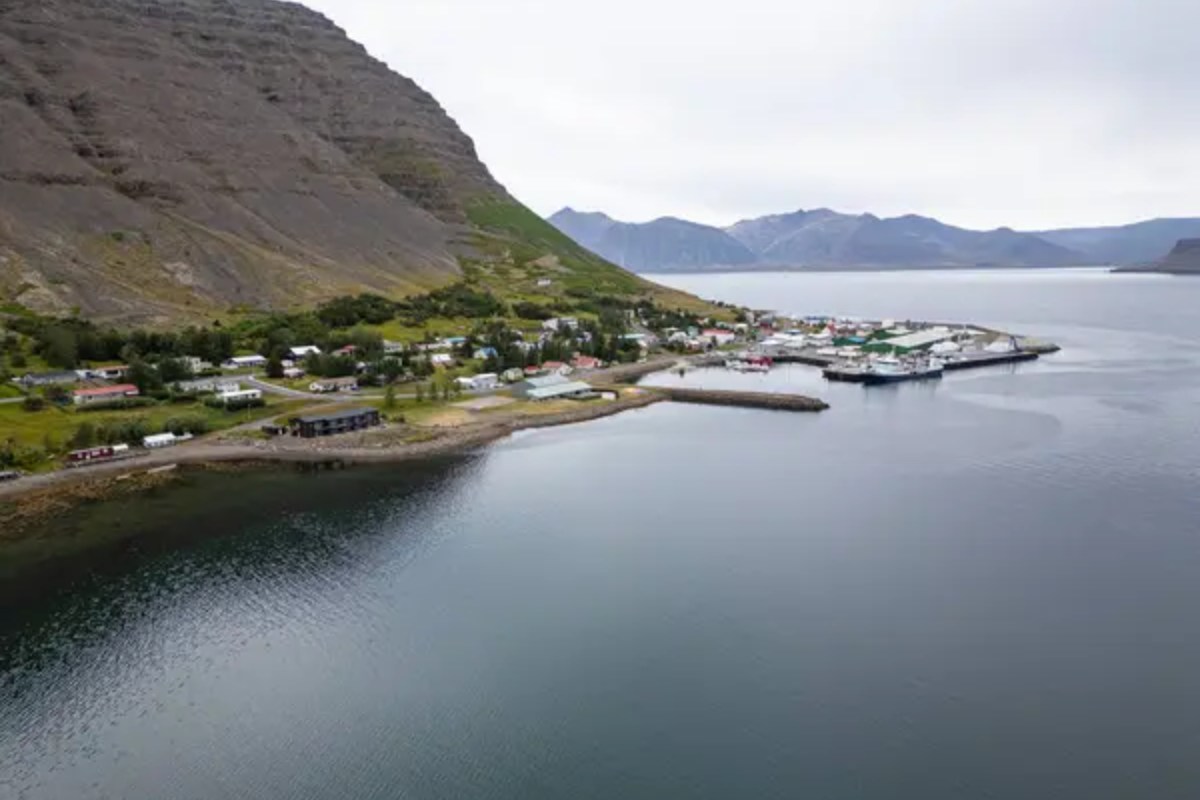
Famous throughout Iceland for monster legends and unexplained phenomena, Bíldudalur embraces its mysterious reputation while maintaining practical fishing traditions that keep the community economically viable. The town operates a museum dedicated to sea monster sightings and local folklore that attracts visitors interested in Iceland’s supernatural traditions.
Traditional fishing boats still work from harbors that have served the community for over a century, though modern equipment has replaced many historical techniques. The town’s location at the head of Arnarfjörður provides dramatic mountain views that change constantly as Arctic weather systems move through the region.
Þingeyri
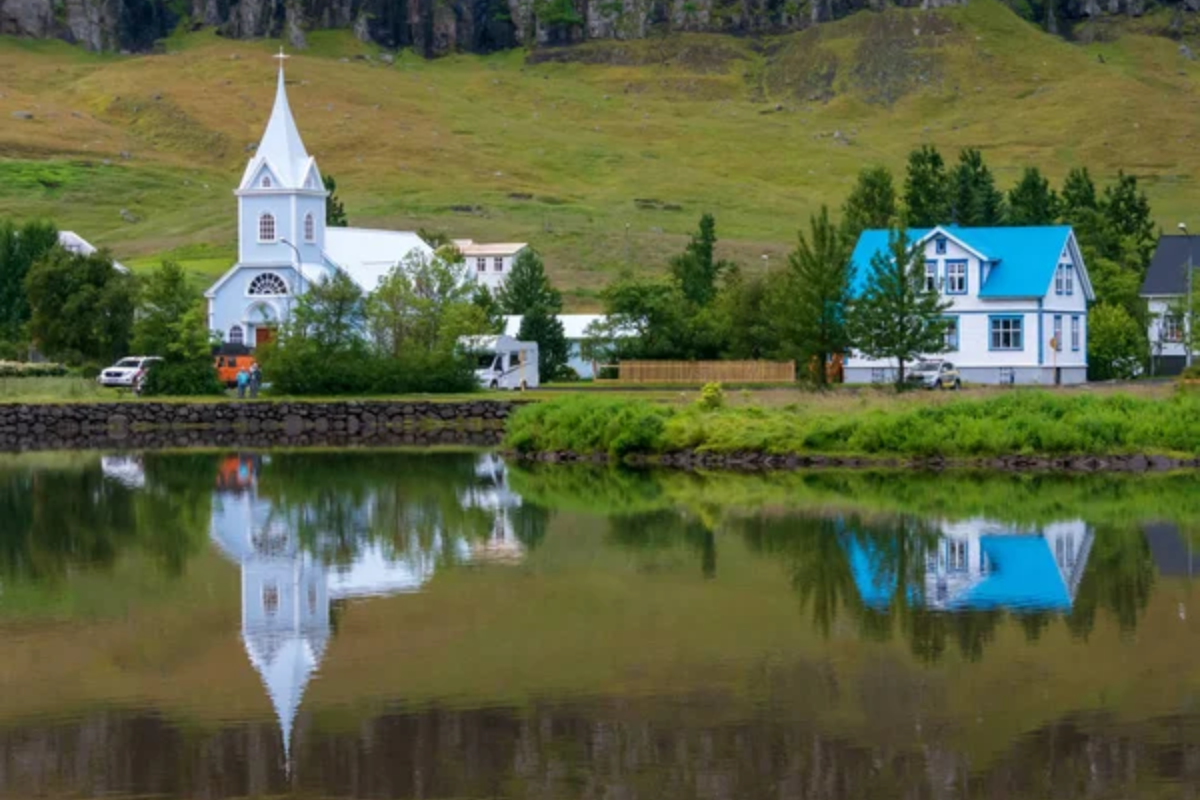
One of Iceland’s oldest trading posts, Þingeyri maintains historical buildings and cultural traditions while serving a community that has adapted to changing economic conditions throughout its long history. The town’s French hospital, built in the early 1900s, reflects international connections that sustained remote Icelandic communities during difficult periods.
Traditional turf houses and modern homes coexist throughout the settlement, demonstrating how residents balance historical preservation with contemporary needs. Local hiking trails provide access to mountains where few tourists venture, revealing landscapes that remain virtually unchanged since Viking settlement.
Like Travel Pug’s content? Follow us on MSN.
Hólmavík
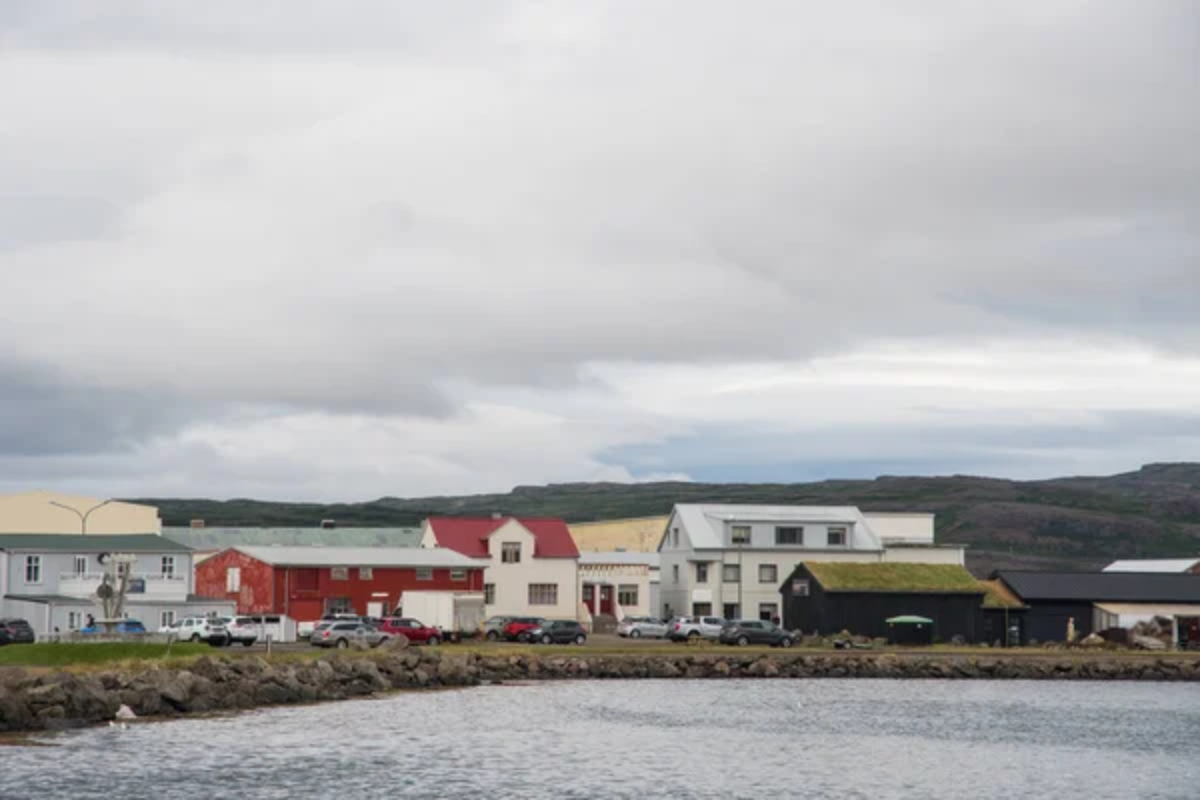
Serving as the unofficial capital of the Strandir region, Hólmavík combines traditional fishing with its role as headquarters for Iceland’s Museum of Sorcery and Witchcraft, reflecting the area’s rich folklore traditions. The town’s museum preserves artifacts and stories related to magical practices that flourished in this remote region during Iceland’s historical periods.
Traditional fishing continues from harbors that ice over during winter months, requiring specialized techniques developed over generations. The community maintains one of Iceland’s most northerly swimming pools, providing year-round recreation despite harsh Arctic conditions.
Drangsnes
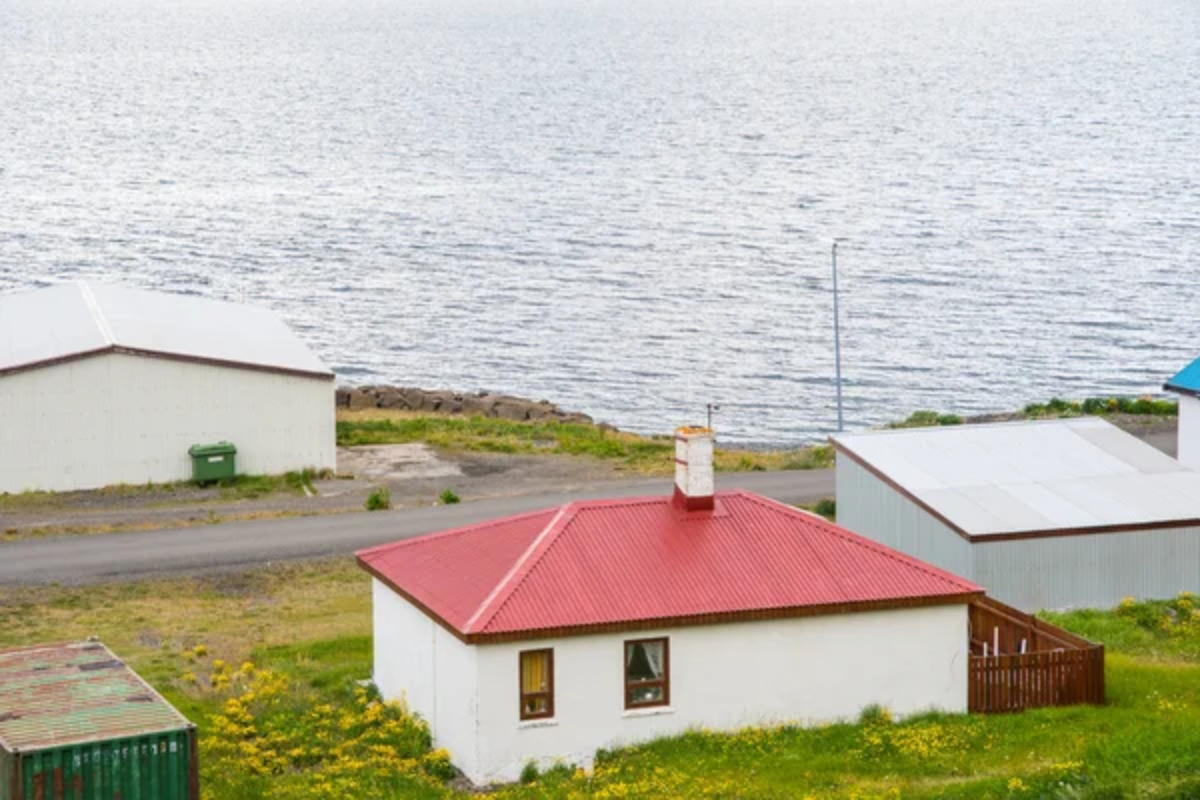
This tiny fishing village maintains fewer than 70 residents while providing access to natural hot springs that create outdoor bathing opportunities year-round, regardless of weather conditions. The town’s location on Steingrímsfjörður provides dramatic views of mountains that rise directly from fjord waters, creating landscapes that change constantly as light and weather shift throughout short Arctic days.
Traditional fishing boats work from harbors that require careful navigation due to strong currents and hidden rocks that have challenged mariners for centuries. Residents often encounter seals and whales within the fjord, creating wildlife viewing opportunities that larger settlements rarely provide.
Raufarhöfn
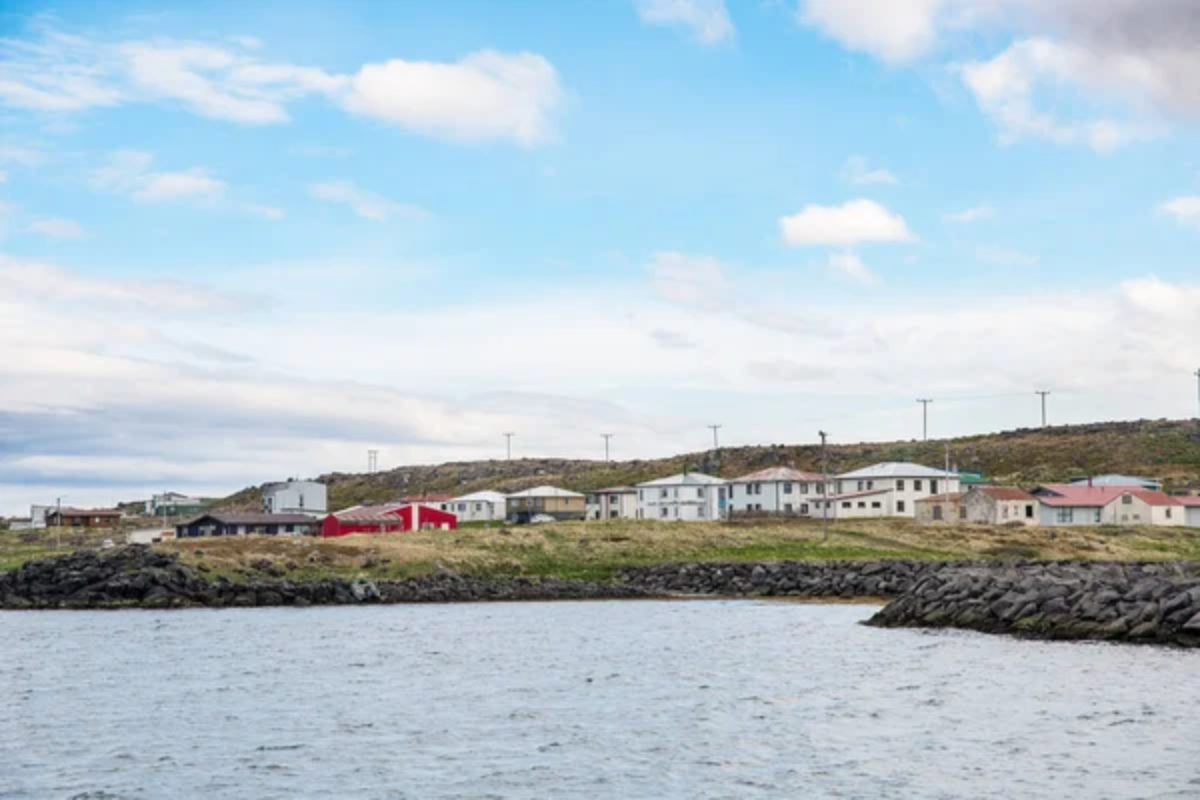
Positioned on Iceland’s northernmost peninsula, Raufarhöfn maintains a small community while providing access to the Arctic Circle monument and Melrakkaslétta plain, where Arctic foxes outnumber human residents. The town’s harbor serves fishing vessels that work some of Iceland’s most productive but challenging waters where ice conditions can change rapidly.
Traditional puffin hunting continues during summer months, providing protein sources that sustained the community through centuries of food scarcity. The settlement’s extreme northern location creates unique seasonal light conditions where summer days extend for weeks while winter darkness dominates for months.
Like Travel Pug’s content? Follow us on MSN.
Ólafsfjörður
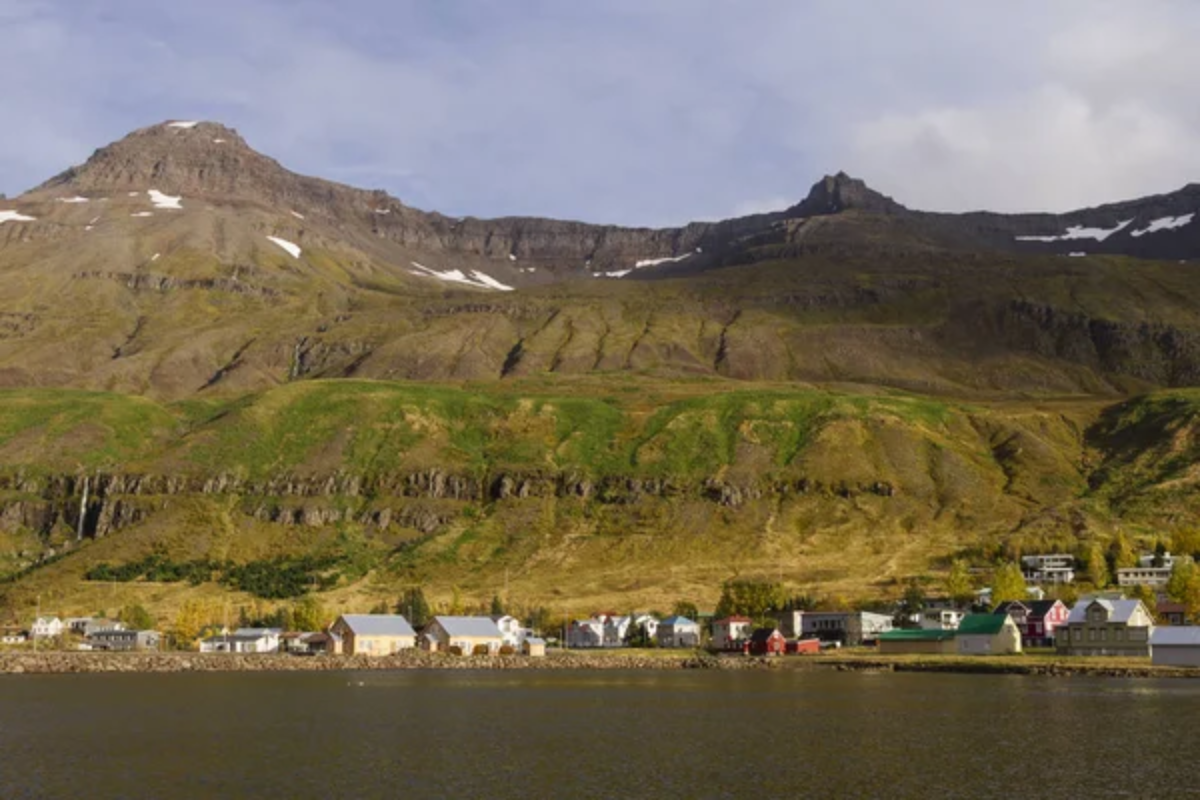
Connected to the outside world through a tunnel that burrows beneath towering mountains, Ólafsfjörður maintains traditional fishing while embracing its role as a base for extreme sports enthusiasts attracted to world-class skiing and mountaineering opportunities. The town’s location creates unique weather patterns where snow conditions often exceed those found at established ski resorts throughout Europe.
Traditional fishing boats work from harbors surrounded by peaks that provide dramatic backdrops for daily activities. Residents maintain strong community bonds forged by geographic isolation and weather conditions that require mutual support for survival.
Siglufjörður

Once Iceland’s herring capital, Siglufjörður preserves its maritime heritage through museums and festivals while adapting to modern economic realities that emphasize tourism and cultural preservation over traditional fishing. The town’s herring museum recreates the boom period when thousands of workers descended annually to process catches that supplied markets throughout Europe.
Traditional wooden buildings line harbors where modern fishing vessels now work smaller catches using sustainable techniques. The community hosts annual folk music festivals that attract musicians from throughout Scandinavia while celebrating local cultural traditions.
Eskifjörður
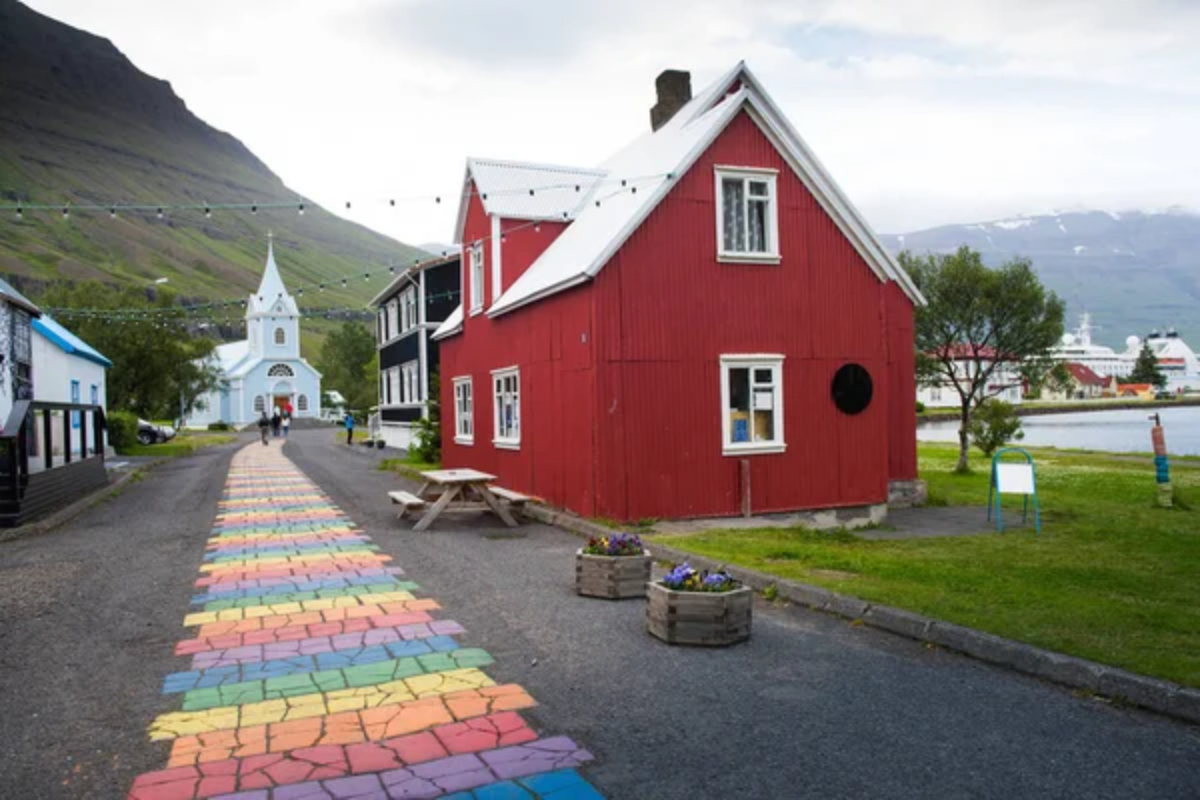
Nestled within Reyðarfjörður in East Iceland, Eskifjörður maintains traditional fishing while operating one of the country’s most comprehensive maritime museums housed in historical buildings that date to the town’s founding. The museum preserves fishing vessels and equipment that demonstrate how coastal communities survived in one of the world’s most challenging marine environments.
Traditional wooden houses create distinctive architecture that reflects both Danish influence and practical adaptations to local weather conditions. The town provides access to hiking trails that lead through valleys where visitors can observe geological formations that reveal Iceland’s volcanic origins.
Like Travel Pug’s content? Follow us on MSN.
Neskaupstaður
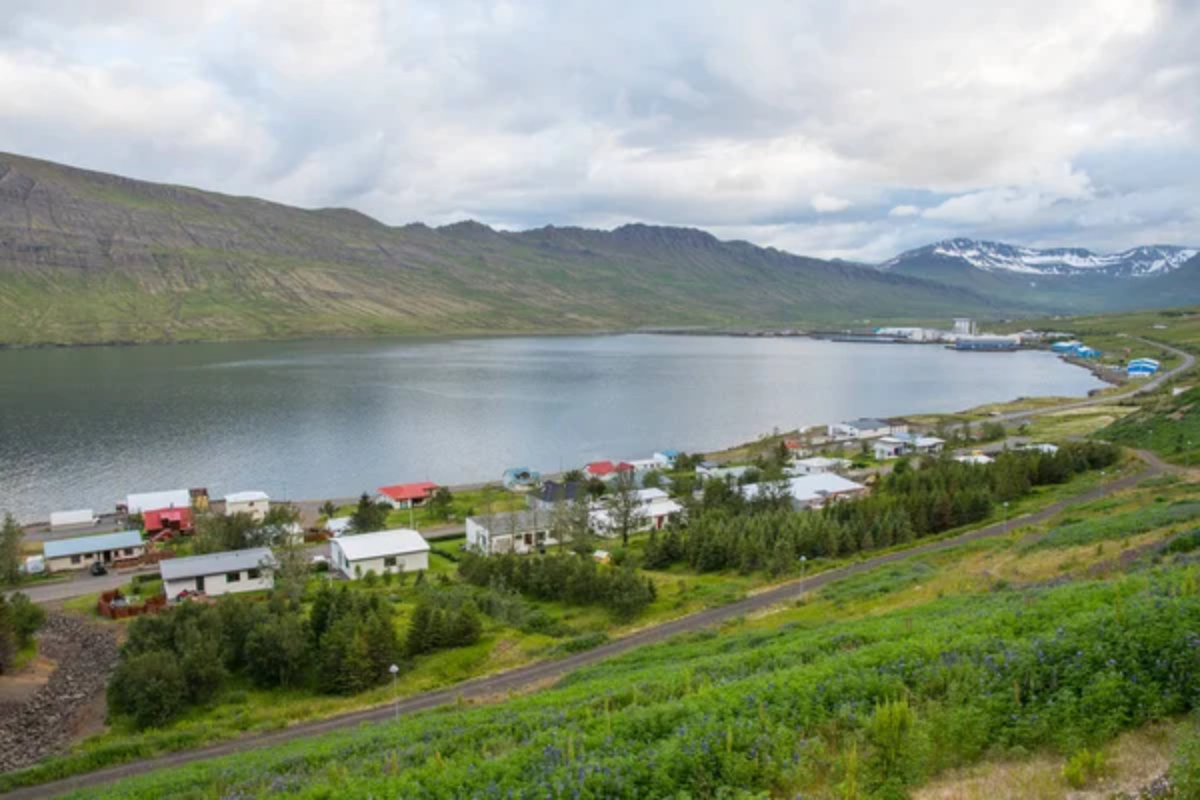
Iceland’s easternmost town, Neskaupstaður, combines traditional fishing with modern cultural amenities, including art galleries and music venues that serve communities throughout the remote Eastfjords region. The town’s dramatic setting beneath towering peaks creates natural amphitheaters where outdoor concerts and festivals take advantage of unique acoustic properties.
Traditional fishing continues from harbors that require specialized local knowledge to navigate safely due to strong currents and shifting sand bars. The community maintains a comprehensive museum that preserves artifacts from the region’s settlement period through contemporary times.
Authentic Iceland Beyond the Ring Road
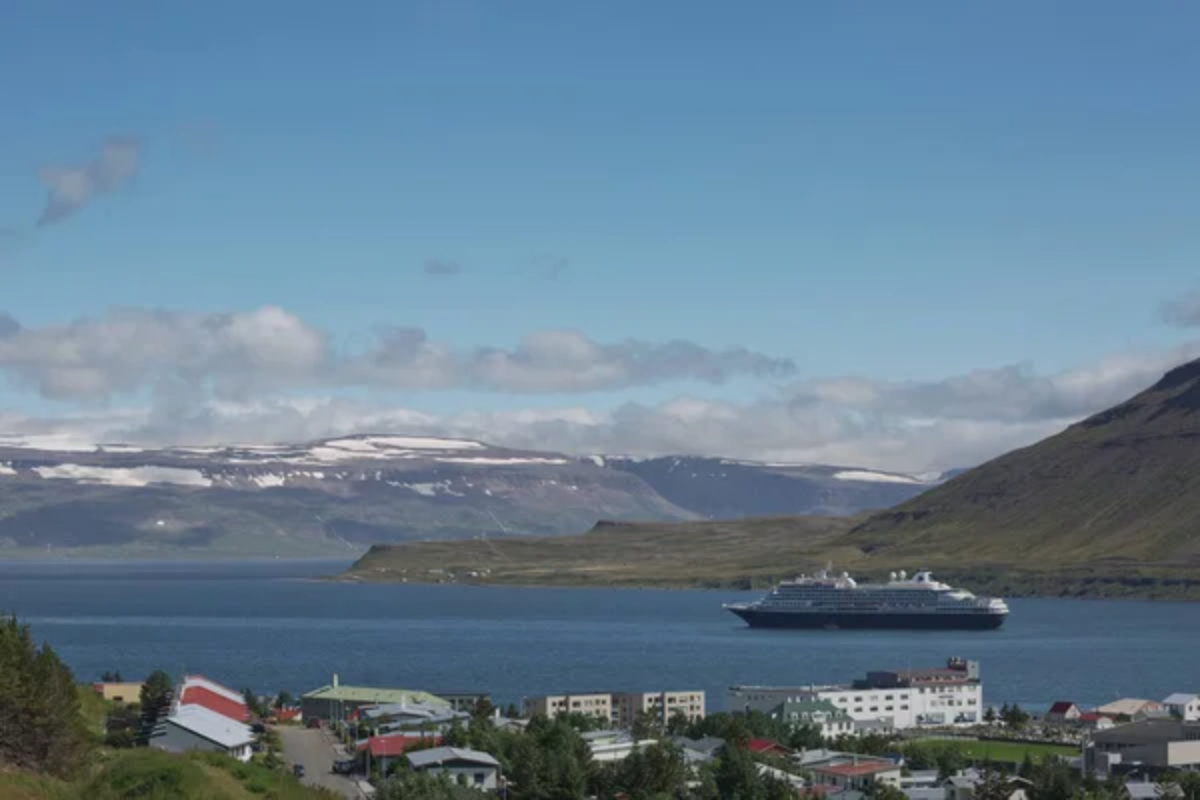
These remote fjord communities demonstrate how Icelanders maintain traditional ways of life while adapting to contemporary challenges that range from climate change to economic shifts affecting rural areas worldwide. Each town preserves unique aspects of Icelandic culture through museums, festivals, and daily practices that reflect centuries of adaptation to one of Europe’s most demanding environments.
Visiting these settlements provides insights into authentic Icelandic life that cruise ships and tour buses cannot replicate, revealing communities where survival depends on cooperation, resourcefulness, and deep connections to both land and sea. These towns continue teaching valuable lessons about sustainable living, community resilience, and finding beauty in landscapes that challenge human habitation at every turn.
More from Travel Pug

- 20 Best Beach Towns in the Carolinas
- 13 Destinations Where Tourists Regularly Regret Their Trip
- 20 Destinations That Are More Magical Without an Itinerary
- 20 Underrated Adventures That Belong on Your Travel List
- 20 Cities Where You Should Just Wing It, No Planning Required
Like Travel Pug’s content? Follow us on MSN.llow us on MSN.
